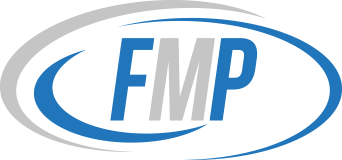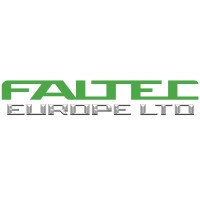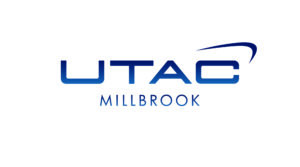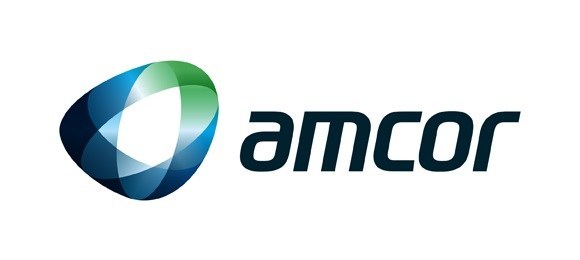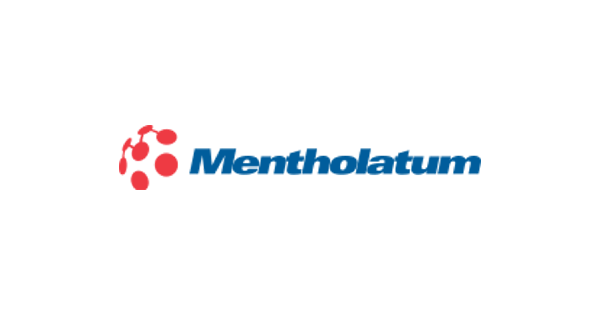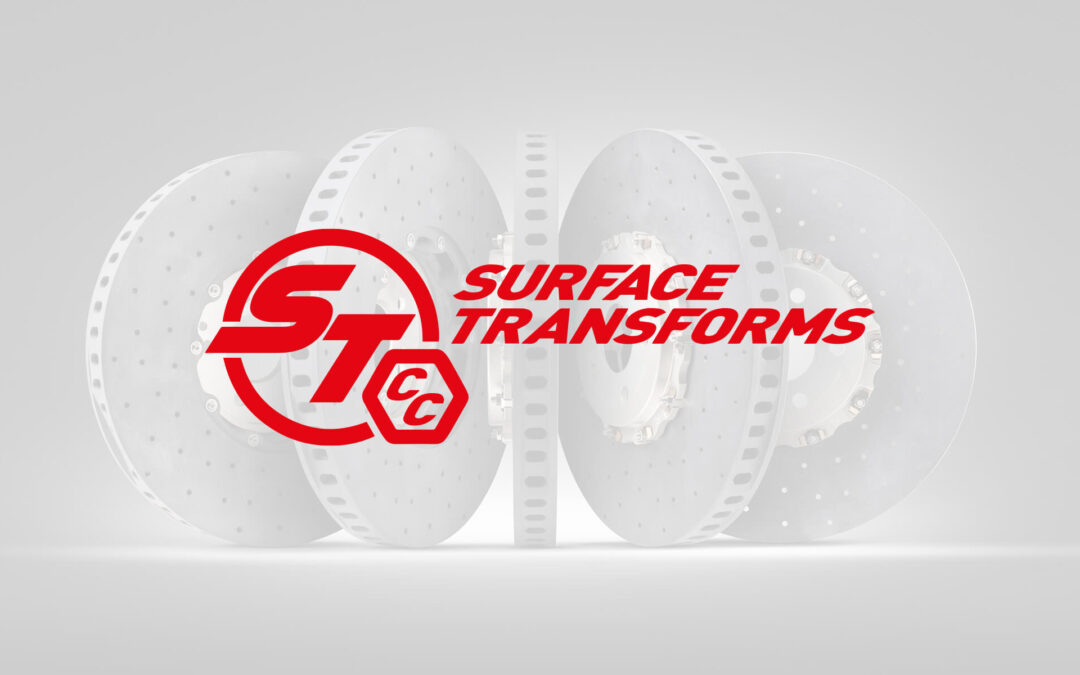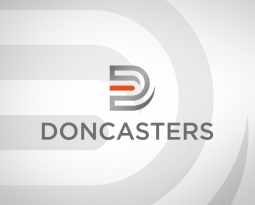Audits have a way of exposing the weak points in your systems. For many businesses, their document control workflow is the area that creates the most stress when an auditor arrives.
Missing approvals, uncontrolled paper copies, or outdated versions of critical SOPs can all lead to findings that waste time, damage reputation and in some industries, carry serious regulatory risk.
Revision control is also a recurring issue. In manual systems, it’s almost impossible to capture and preserve every change, approval and activity. Printed copies also create a headache; auditors often spot them as they’re frequently outdated or unauthorised.
An audit-ready QMS doesn’t just help you survive inspections; it ensures that every workflow, from document control to training and change management, is built to withstand scrutiny every day.
Why audit-ready isn’t the same as being compliant
It’s easy to think that if your processes meet the standard, you’re covered. But there’s a big difference between being compliant and being audit-ready…
Being compliant means you can demonstrate alignment with the standard at a given point in time.
Audit-ready means you can prove it continuously, with evidence available instantly and without the scramble of last-minute preparation.
This distinction is important because compliance is often treated as a tick-box exercise. Many organisations “pass” by pulling together the right documentation just before an audit, but those same processes may be inconsistent or hard to repeat in practice.
Audit-readiness, by contrast, is about embedding control into daily operations so that compliance is the natural outcome, not a separate project.
The intensity of scrutiny also varies by industry. ISO 9001 is often the starting point and is hard enough to achieve. But where safety or human health is at stake, such as in automotive, aerospace, pharmaceuticals and food manufacturing, the bar is even higher.
Standards like IATF 16949, AS 9100, ISO 13485, GMP and BRC demand evidence of robustness, traceability and repeatability. The rigour auditors apply is proportionate to the risk to the end user. The higher the stakes, the tougher the audit.
Being truly audit-ready also changes the experience of the audit itself. Instead of treating it as an external test to survive, organisations can approach it as a routine checkpoint that validates what they already know – that their systems are consistent, traceable and under control.
The anatomy of a resilient document control workflow
A resilient document control workflow requires more than digital storage; it must integrate processes, people and accountability.
One source of truth, not ten
Fragmented systems create silos and uncertainty about which version of a document is current. By consolidating everything into a single platform, businesses can align their Quality Management System with real processes and eliminate the confusion that often drives non-conformances. The cultural shift is as important as the technical one: when every employee knows “this is the place I go,” consistency follows.
A good example comes from our case study with NGF Europe, a glass cord manufacturer in St Helens. Their quality manager recalls that before Singlepoint, their QMS was fragmented, disconnected from the way the business actually operated and frankly difficult for teams to trust.
Since implementation, the difference has been dramatic. The company has been able to align processes with standards like IATF 16949 and ISO 14001, embed the system into daily workflows and reduce non-conformances year-on-year.
When version control becomes critical
File shares and naming conventions might work day-to-day, but they can collapse under audit scrutiny.
Automated version control removes doubt, providing full traceability of changes and making it clear which document is valid. Beyond compliance, it protects against operational risks. In industries like pharma, food and aerospace, the wrong revision isn’t just a quality failure; it can have serious safety consequences.
Approval chains that don’t break
Paper trails and email approvals are easily lost. Digital workflows provide end-to-end traceability, showing who reviewed and signed off a document and when. That transparency reassures auditors while also reducing bottlenecks.
Escalation rules and reminders keep approvals moving, so quality doesn’t get stuck in inboxes.
Connecting documents to people
Audit-readiness is about more than managing documents; it’s also about proving people know and apply them. In many audits, a controlled SOP isn’t enough; auditors want evidence that staff have read, understood and worked to the latest version.
This is where competency management closes the loop. Controlled documents can be tied directly to individual training records, ensuring that SOPs and work instructions form part of a person’s competency profile. Because competency management is proven and widely adopted, it provides immediate assurance, while LMS integration represents the next step, automatically triggering retraining when processes change.
Audit trails that tell the story for you
When every change, approval and action is automatically logged, there’s no need to scramble for evidence. With Singlepoint, this level of traceability is generated automatically as part of everyday use, capturing a granular history that would be impossible to maintain manually.
Reports can be created instantly and auditors can even be given controlled access to explore the history for themselves through dashboards or visual tools.
Because the audit trail spans across modules, linking documents with change requests, CAPAs and training, it provides a complete picture rather than a fragmented view.
This shifts the audit dynamic completely. Instead of defending gaps, organisations can use the audit to demonstrate maturity and control, turning a traditional point of vulnerability into one of their strongest assets.
Technology’s role in taking you from document chaos to audit confidence
Modern QMS platforms do more than digitise paper processes; they provide agility, scalability and integration that make audit-readiness sustainable.
With Singlepoint’s no-code configuration, businesses can design workflows that reflect their exact processes without relying on IT teams or expensive ongoing development every time a small change is needed. This keeps systems aligned to the way people really work and makes it easier to adapt when standards change.
Integration is another critical factor. The most common request we see is linking Singlepoint with ERP systems, especially for complex data like product codes and part numbers. By pulling this information directly into controlled documents, businesses eliminate duplication and reduce the risk of errors creeping in through manual re-entry. It’s a simple step that saves countless hours and provides auditors with greater confidence in the accuracy of records.
Singlepoint’s flexibility also means it can be applied in creative and highly detailed ways. A standout example comes from an international rail manufacturer, which configured the system so comprehensively that it mirrored the physical layout of a train carriage. Using the Visual Navigator, they linked documents to every installed item, creating a live, visual map of compliance across the train itself.
This level of completeness not only made audits easier to evidence but also demonstrated to stakeholders that compliance was embedded at the deepest level of their operations.
By combining no-code adaptability, seamless integrations and powerful visualisation tools, Singlepoint turns document control from a burden into a strategic asset — reducing IT overheads, streamlining operations and giving businesses confidence that they can demonstrate compliance at any time.
How to shift from firefighting to continuous readiness
Many organisations still treat audits as a project: scramble to prepare, survive the event, then drift back into business as usual. Continuous readiness requires a different mindset. It’s not about preparing for an audit once a year; it’s about embedding processes so that compliance is always visible, traceable and under control.
A simple framework can help: map, configure, integrate and monitor.
- Map your current processes and identify gaps.
- Configure workflows to close those gaps.
- Integrate with systems like ERP or training modules to ensure information flows across the business.
- Monitor continuously through dashboards and reports, so readiness is an outcome of daily work, not an extra task.
For teams nervous about leaving behind manual processes, the shift is often easier than expected. Automating revision control removes the repetitive, low-value work of chasing versions and approvals. Linking documents directly to people and their competencies creates assurance that training and processes are aligned.
Most importantly, quality teams are freed from administrative firefighting and can focus on driving improvements.
Beyond the audit – being prepared is a competitive advantage
Audit-readiness is often seen as a defensive posture, all about passing inspections and avoiding penalties. But the real advantage comes when it’s treated as a strategic capability. Organisations that are always audit-ready move faster, collaborate more effectively and inspire greater trust with both customers and regulators.
Efficiency improves because teams aren’t tied up in last-minute preparation or chasing paper trails. Speed to market increases as approvals, documentation and training can be aligned in real time rather than waiting for manual sign-offs.
Most importantly, readiness becomes part of a company’s reputation. In industries where compliance is non-negotiable, being able to prove control instantly can be the difference between winning new business or losing it to a competitor.
Our work with Faltec Europe, a Tier 1 automotive supplier, is a strong example of this shift. By modernising their calibration and document management through Singlepoint, they replaced legacy systems with a single source of truth. Today, Singlepoint is integral to their IATF audits, ensuring all approvals and changes are easily accessible and always up to date.
For Faltec, the benefits went far beyond smoother audits. Centralising quality and compliance processes reduced risk, built efficiency into day-to-day operations and gave them a platform that supports growth.
This is the essence of an audit-ready QMS. Not a box-ticking exercise, but a competitive advantage that frees businesses to focus on innovation and performance.
The companies that thrive in regulated industries will be those who see audits not as hurdles, but as opportunities to demonstrate excellence.
With the right document management and control workflow in place as part of your wider QMS, audit readiness isn’t just about passing the test, it’s about proving every day that your systems are strong, your people are aligned and your business is built on trust.
